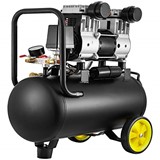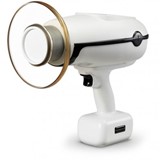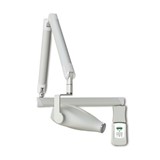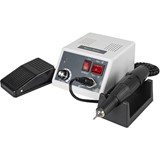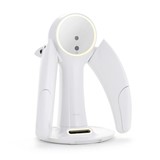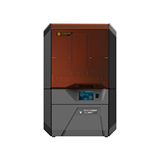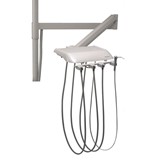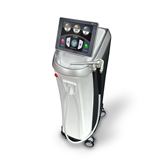The presentation and condition of the chair is often a patient’s first impression about the quality of care that they expect to receive in the dental office. A worn out or poorly maintained chair may cause clients not to return to your practice after their visit. This article will act as a dental office cleaning checklist highlighting key steps of dental chair maintenance.
How to Conduct Preventive Maintenance for Dental Chairs
Preventive maintenance is key to keeping a dental chair in top working order. The best way to enhance the lifespan of a dental chair is to train all dental staff on the proper cleaning and maintenance procedures. This includes adhering to responsibilities regarding the use of correct cleaning supplies and sanitising agents. It also includes lubricating and servicing frequently used parts and regularly inspecting the chair to identify potential problems before they cause major damage or downtime.
Daily Dental Chair Maintenance Procedures
The most important aspect of dental chair maintenance is consistency. Maintaining an in-depth cleaning schedule with vigorous yet achievable tasks will not only benefit the lifespan of the chair but also improve patient care. Here is a methodical top to bottom dental office cleaning checklist containing a dental chair maintenance guide. This checklist includes maintenance tasks to be completed after each patient, along with daily, weekly, monthly, and annual maintenance procedures.
Download the Complete Dental Chair Maintenance Checklist
After Each Patient Dental Chair Maintenance
- Sterilise the workstation and operatory equipment by applying a cleaning solution to a new cloth and wiping surfaces down thoroughly.
- Wipe down, then disinfect dental equipment using an autoclave.
- Apply a small amount of silicone lubricant to all handpiece heads.
- Flush water lines thoroughly.
Daily Dental Chair Maintenance
- Use soap and water to clean the chair’s upholstery and remove any cleaning product residue.
- Drain the spittoon valve.
- Remove the main suction trap and clean thoroughly under running water.
- Spray all water out of the water lines including the air water syringes and the handpiece tubing.
- Sterilise the inside of the saliva ejector and HVE tubing by pulsing each suction hose in and out of a cleaning agent for 5-second intervals. Turn the suction hose off while it is submerged in the solution to trap the cleaning agent inside the hose.
- Pour the remaining cleaning agent down the drain of the cuspidor to sterilise the drainage tube.
- Use a small brush to clean the inside of the saliva ejector.
- Clean the cuspidor drain by raising the dental chair and flushing the cuspidor for 60 seconds.
- Drain and wipe the ultrasonic cleaner.
- Sterilise all equipment, inlets and hoses.
- Position the chair in the highest possible raised position to remain overnight, preventing any cords from kinking.
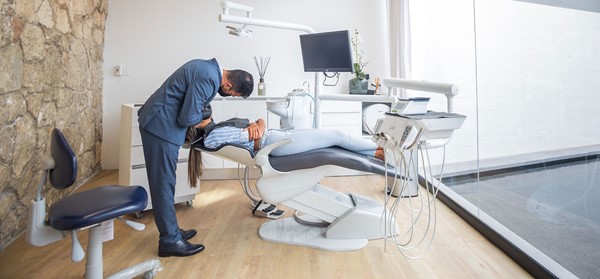
Weekly Dental Chair Maintenance Procedures
- Raise and lower the chair through a full range of motion listening for humming, stuttering or whining noises. The presence of excessive noise suggests the chair is low on oil or has a hydraulic leak causing air to aspirate into the system.
- Visibly inspect the upholstery for cuts, tears or stains.
- Check upholstery for delamination.
- Flush the waste drain with a larger amount of hot/ warm water to remove any debris or build-up which may lead to a clog in the drain lines.
- Remove the HVE valve from the tube. Clean thoroughly by hand washing or autoclaving.
- Apply a small amount of silicone lubricant to the rubber O-rings on the HVEs and saliva ejector valves to avoid them from becoming stiff or seized.
- Remove, empty and clean the spittoon filter.
Monthly Dental Chair Maintenance Procedures
- Apply a small amount of silicone lubricant on the rubber O-ring at the water bottle connection point.
- Check the scuff cover also known as a foot guard for integrity. Look for waves, scratches and scuffs.
- Test the safety switch function. Lower the chair, then engage the foot activated safety switch to check for responsiveness and smoothness.
- Examine the base of the chair for discharged oil. Drops of hydraulic oil are an indication of a leak in the hydraulic system’s cylinders or high pressure hoses.
Semi-Annual Dental Chair Maintenance Procedures
- Examine the chair foot control cords for signs of fraying, dents and cracks.
- Check the headrest for articulation and if it securely maintains an adjusted position.
- Test the arms for stability and if they stow back into the entry and exit position with ease.
- Test the lounge cover and seat rest for stability.
- Check that the hydraulic fluid levels are within range. For easy access to the motor cover, raise the chair to its highest position and swivel the chair to the side. This will improve access to the fluid reservoir.
Annual Dental Chair Maintenance Procedures
- Check the chair’s swivel motion for ease of operation and freedom of movement. When in the locked position apply horizontal force to check for any undesired movement.
- Book a scheduled maintenance service from the dental chair provider.
- Book an x-ray compliance test if required.
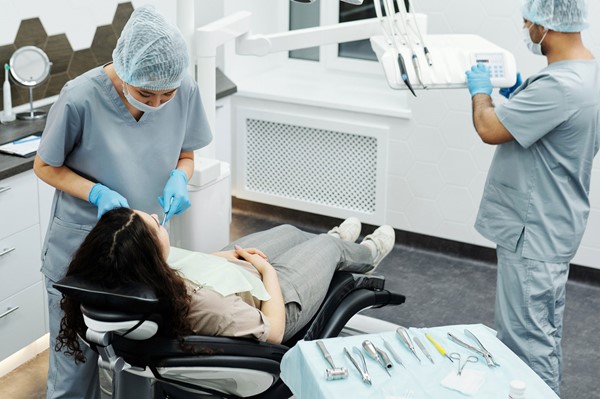
Dental Chair Maintenance FAQs
How do you take care of a dental chair?
When it comes to taking care of dental chairs, proper maintenance is the key to keeping them in top working condition. Maintaining an in-depth cleaning schedule with vigorous yet achievable tasks will benefit the lifespan of the chair. For a methodical top to bottom dental office cleaning checklist containing a dental chair maintenance guide, download the dental chair maintenance checklist below.
How do you maintain dental equipment?
Maintaining dental equipment prevents premature wear and tear and ensures that the equipment stays clean and in good working condition. Dental equipment should be wiped down with an approved cleaning solution after each use to remove any debris or contaminants that may be on the equipment. Then, sterilised using an autoclave.
Moving parts and O-rings should be lubricated on a regular basis to keep the equipment running smoothly and prevent motors from seizing or attachments from getting stuck. Finally, electrical cords should be inspected for cracks and dings. Any type of cord related damage should be replaced immediately.
What should be used to clean a dental chair?
Dental chairs should be regularly cleaned with warm soapy water. However, if additional cleaning is required due to the presence of blood or urine, an alcohol based cleaning product may be used. In both cases, the cleaning solution should be applied to a clean cloth and then used to wipe the upholstery down thoroughly. It is important to note that alcohol based cleaners should not be the primary agent used to clean dental chairs as repeated use can cause the upholstery to crack. For this reason, warm soapy water should be used to remove alcohol residue at the end of the day.
How are dental chairs sterilised?
Dental chairs are sterilised after each patient with warm soapy water. However, in the presence of blood, urine or other fluids, alcohol based cleaning products are used. The workstation and operatory equipment are also sterilised after each use. In these cases, disinfectant wipes or a sanitising cleaning agent and cloth are used to thoroughly wipe down the surfaces.





-160x160-state_article-rel-cat.png)



